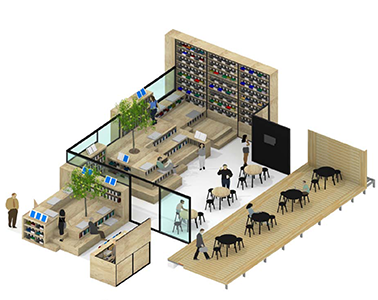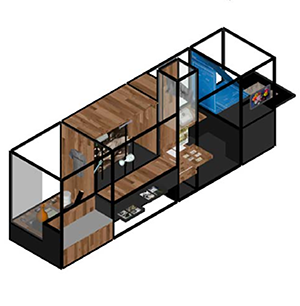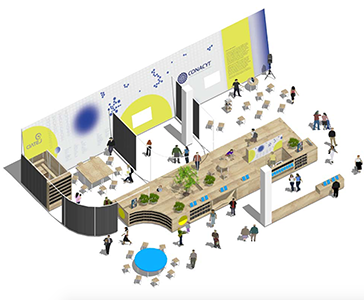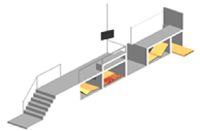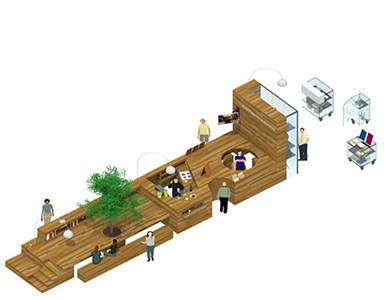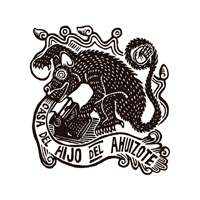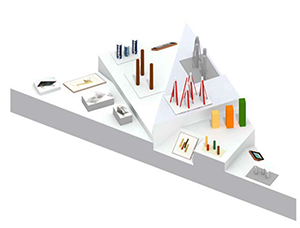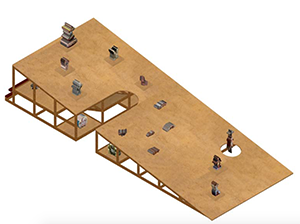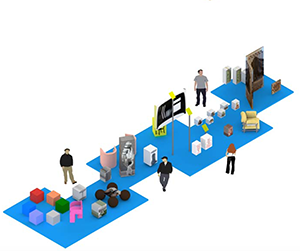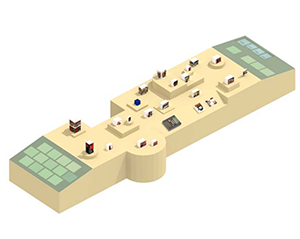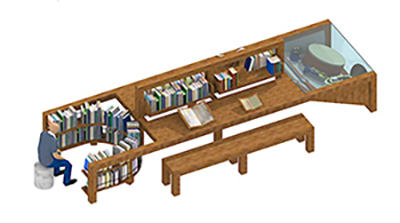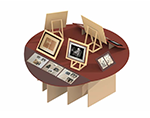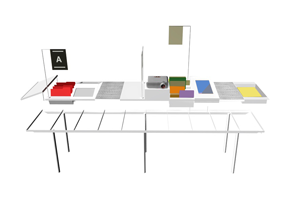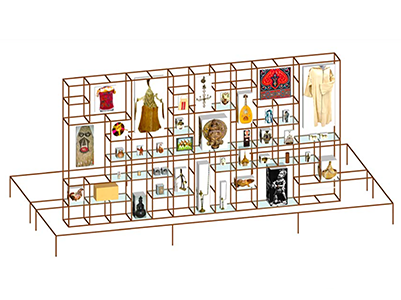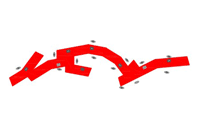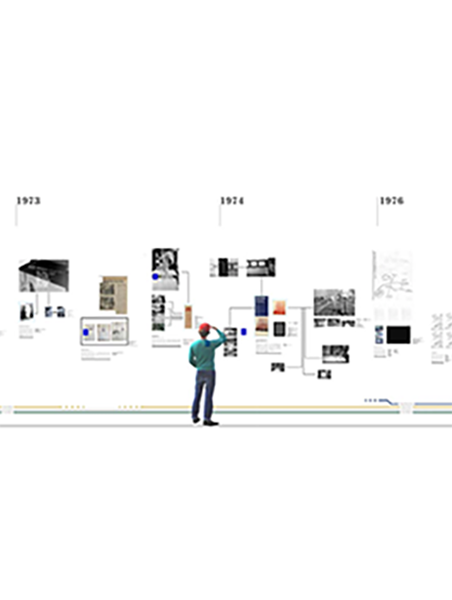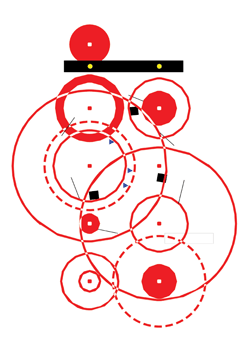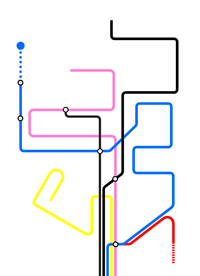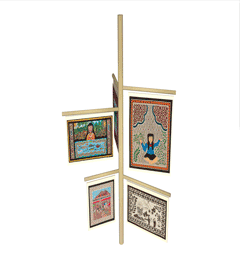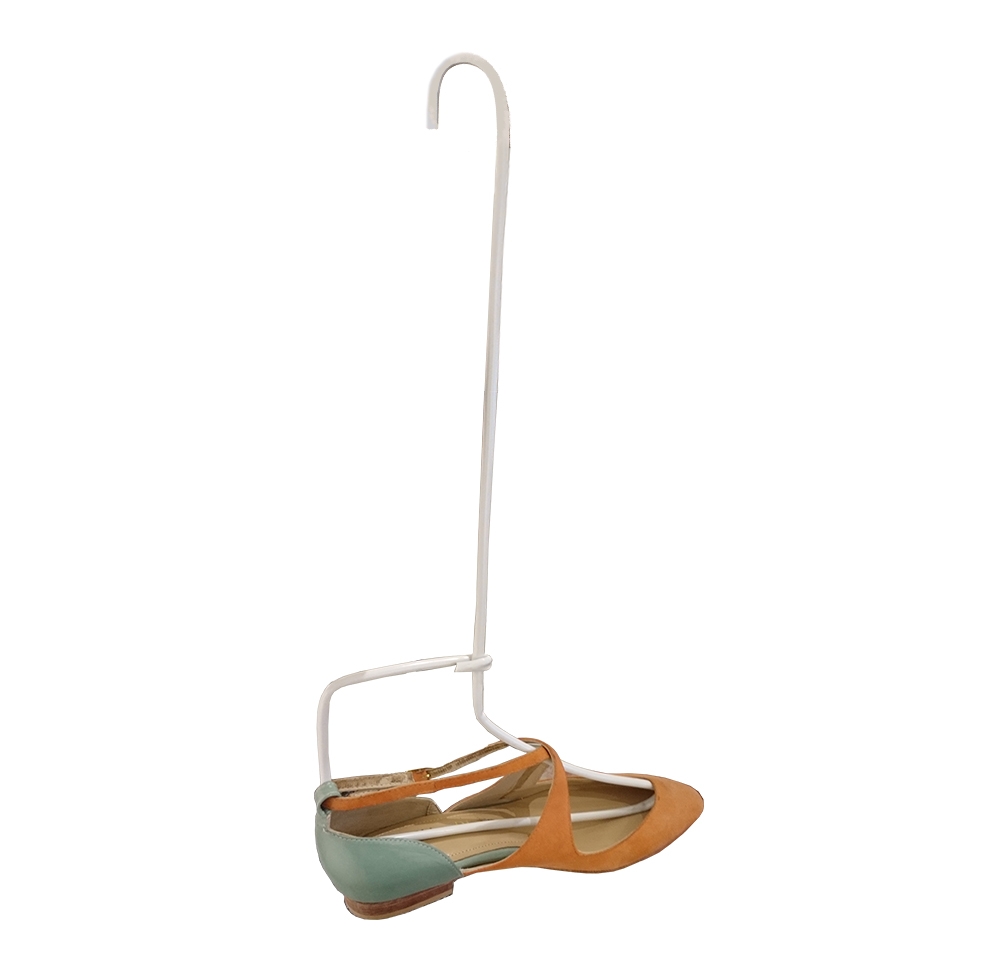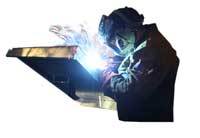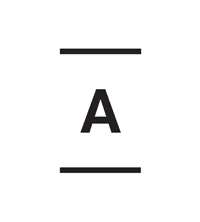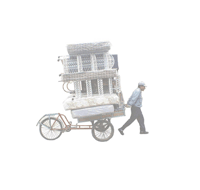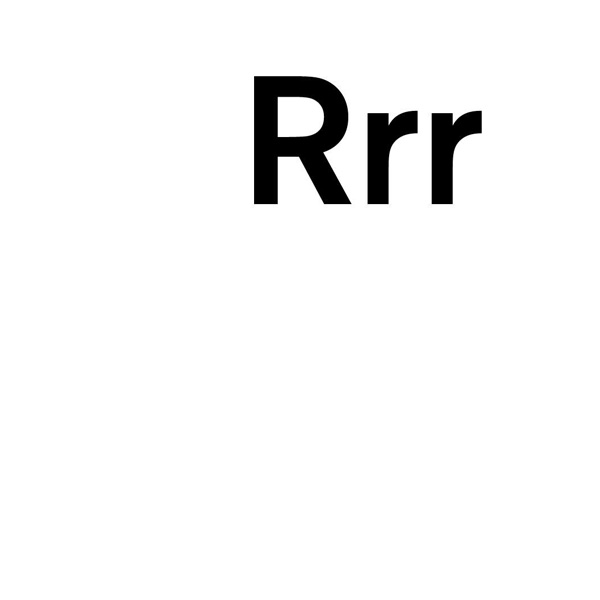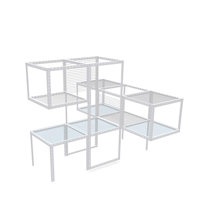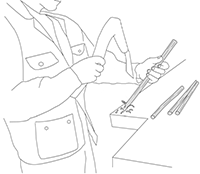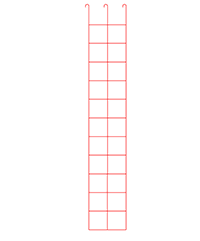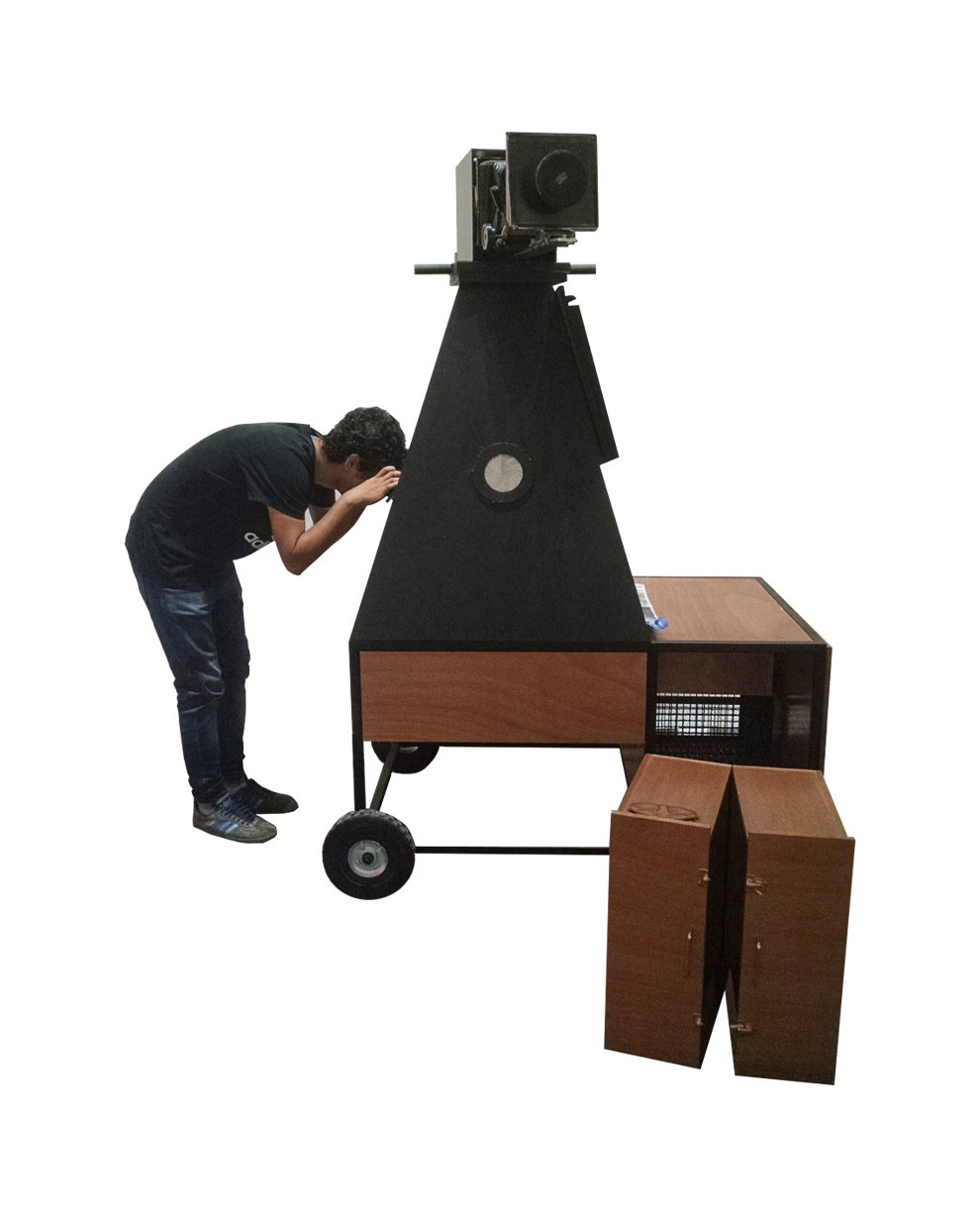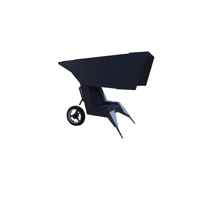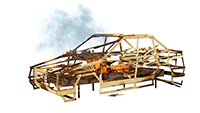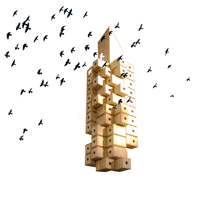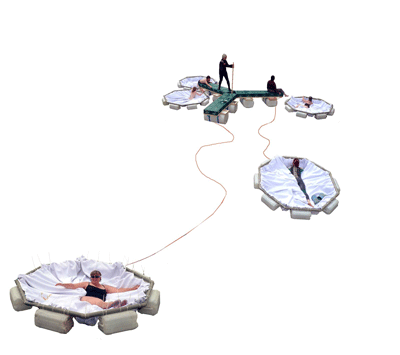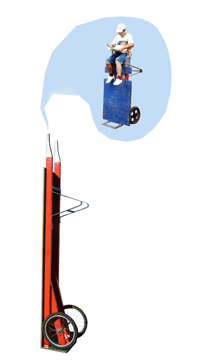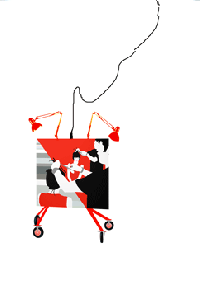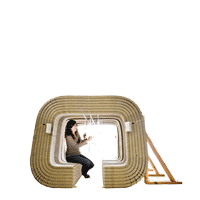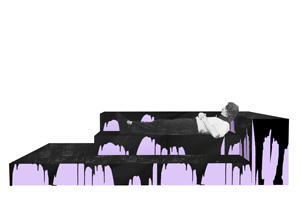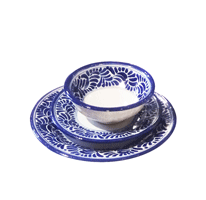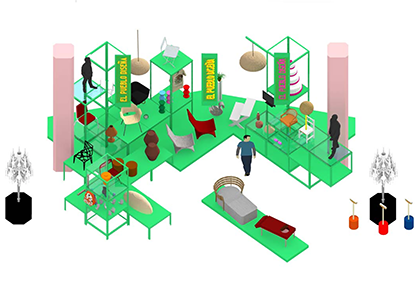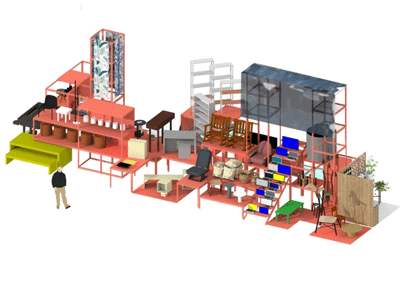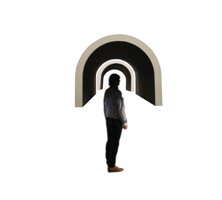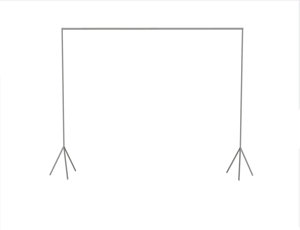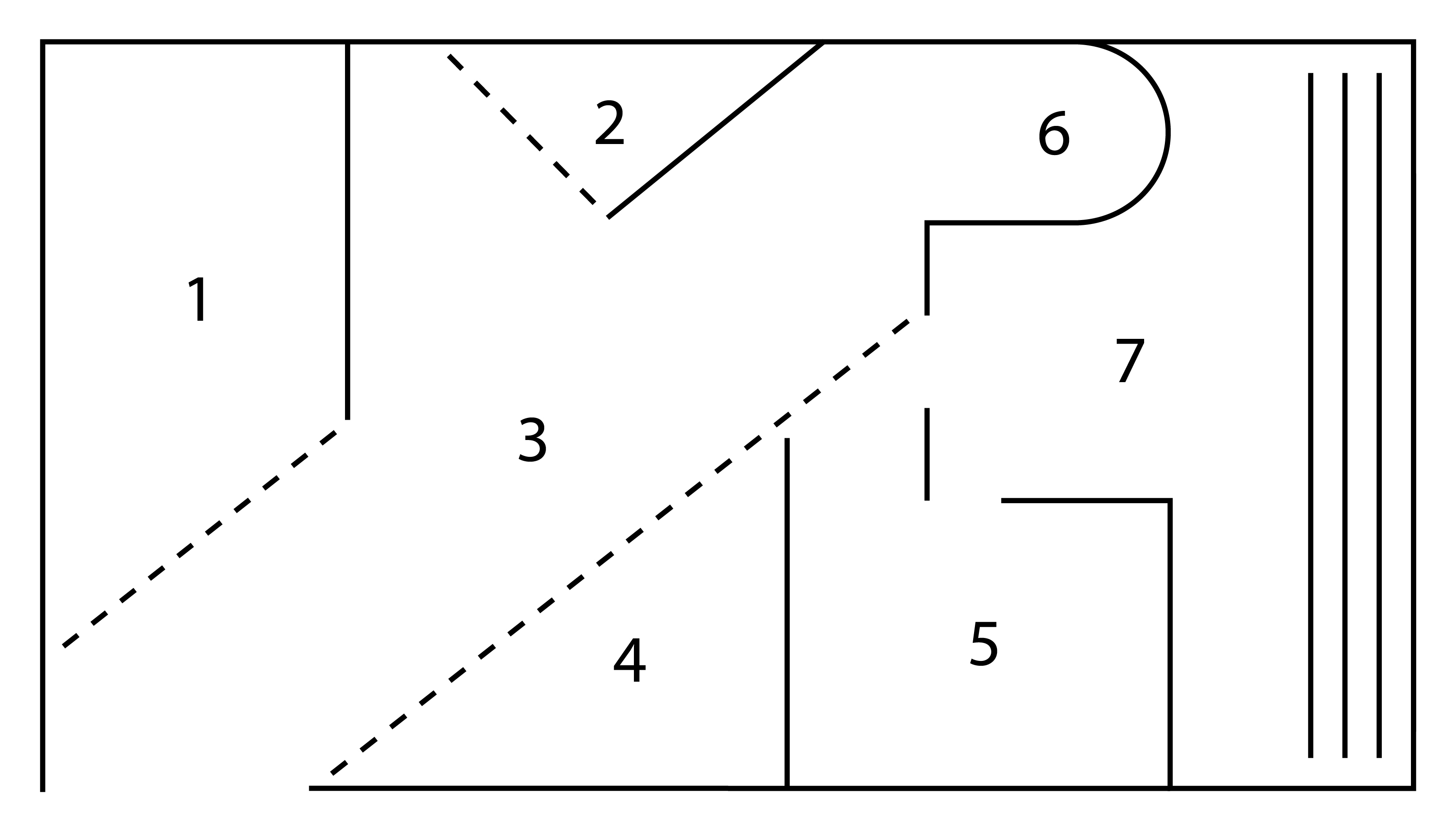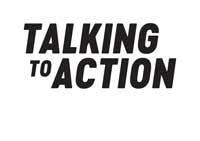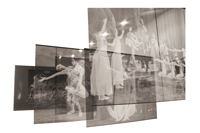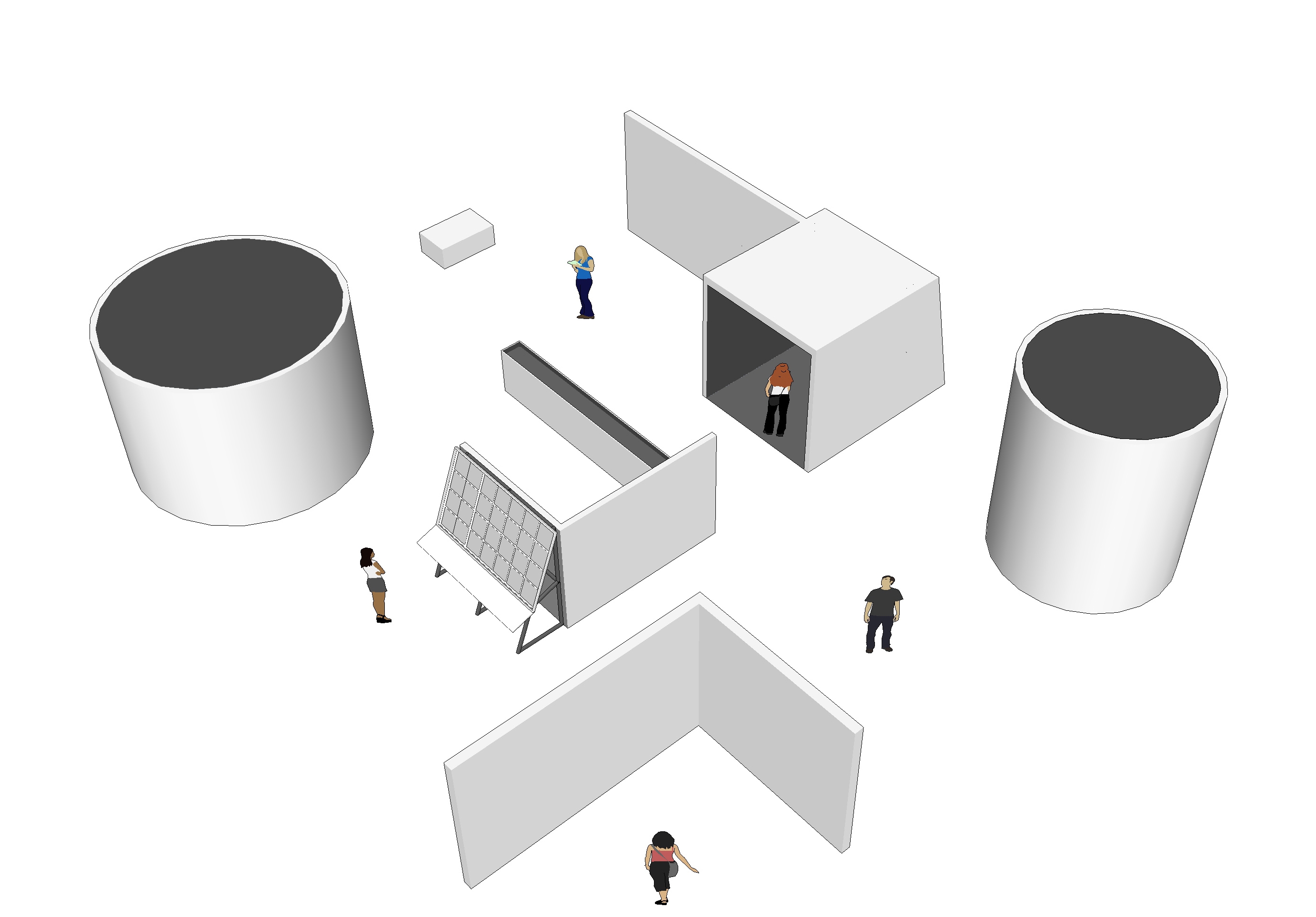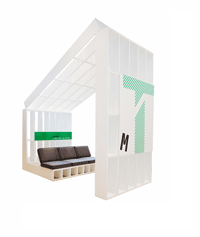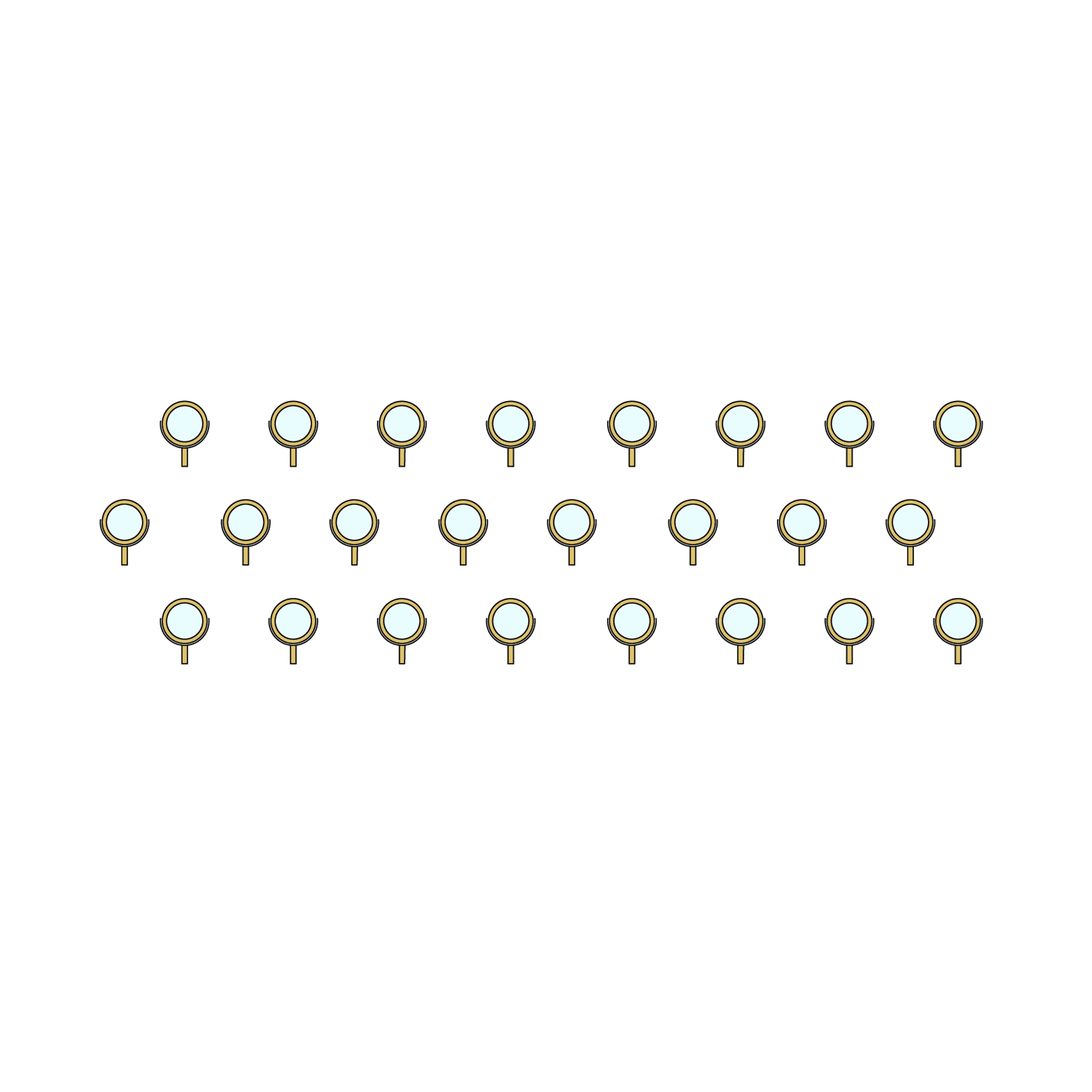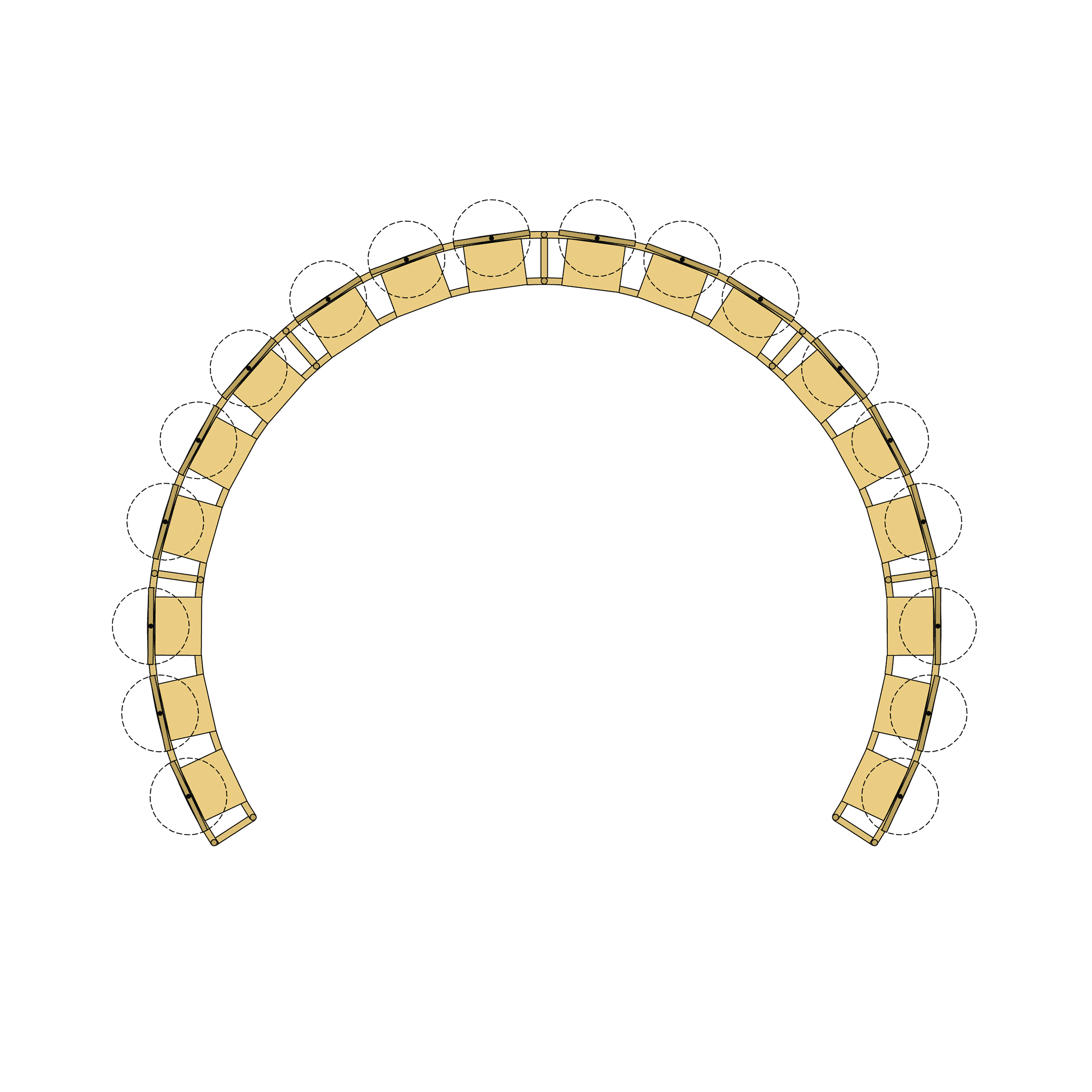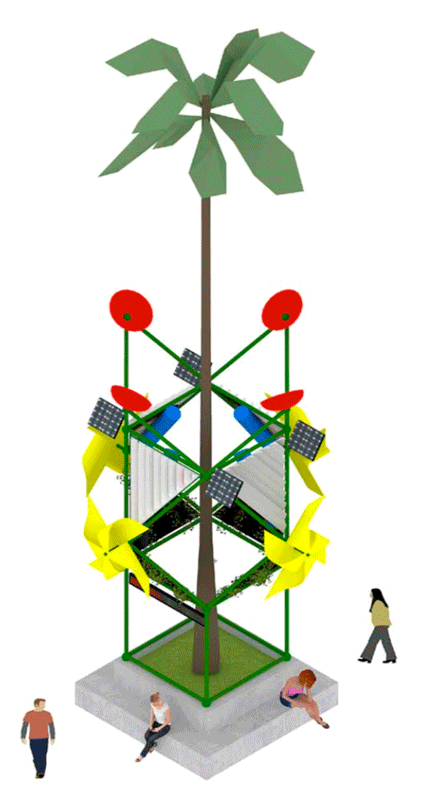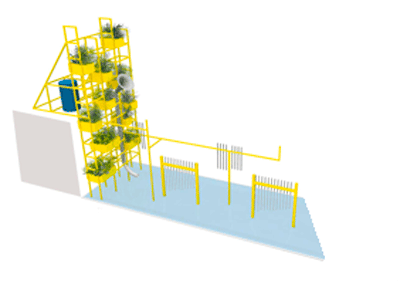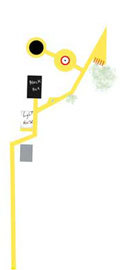Common Trades, Urban Metabolism of Knowledge, L.A. Version presents a series of research and design projects that study trades ubiquitous in specific urban and rural centers. Started in Mexico City in 2014, it continued in 2015 in Cuzco, Peru. With this residency and exhibition, the project moves North to Los Angeles, with a focus on the making of food vendor carts, trailers, and food trucks that are characteristic of Mexican and Latino street food culture in this city.
I often walk without pre-established ideas to attempt to understand the city through the lens of its trades, found along the way, focusing finally on the makers whose trade seems most to describe the dynamics of the city in their work; as if that particular craft contains the DNA of the whole city. The three case studies of common trades presented here follow parallel approaches. Each begins with being in a place, walking in streets and fields, engaging with other makers and inhabitants – both long-established settlers and new arrivals.
While common trades in Mexico City are most associated with informal street vending, and trades in the Cuzco region of the Andes with wood working with eucalyptus, Los Angeles has long been associated with its vibrant Mexican and Latino street food culture, which started long ago in the mid-19th century when the tamale wagon, the predecessor of today’s taco truck, was feeding a newly assimilated majority Mexican and Anglo population. Common Trades L.A. presents a new video, created in collaboration with Miguel Buenrostro, that registers a week of work in the Martinez Carts metal workshop in East Los Angeles. Makers of a variety of systems, from carts, to trailers, to taco trucks Martinez Carts provides the city with vital, mobile, urban infrastructure. This common trade has generated resourceful and innovative construction systems that support informal, marginalized, and low-income communities in their bid for economic stability and legal status.
Giacomo Castagnola
This exhibition is possible thanks to the collaboration of Erick López and Cristobal Garcia (Germen Estudio), Miguel Buenrostro, Esteban Germán, Andrea Bowers, Juan Martinez and his welding crew (Martinez Carts), J. Salomé Meza (TA Signs), Taco truck “La Chicanita” and Rudy Espinoza (Leadership for Urban Renewal Network).
Funding comes from California Arts Council: Artist Activating Communities and The Andy Warhol Foundation for the Visual Arts. Giacomo Castagnola: Common Trades, Urban Metabolism of Knowledge, L.A. Version is organized by Irene Tsatsos, Director of Exhibition Programs/Chief Curator.
Miguel Buenrostro, Still image from the video.
